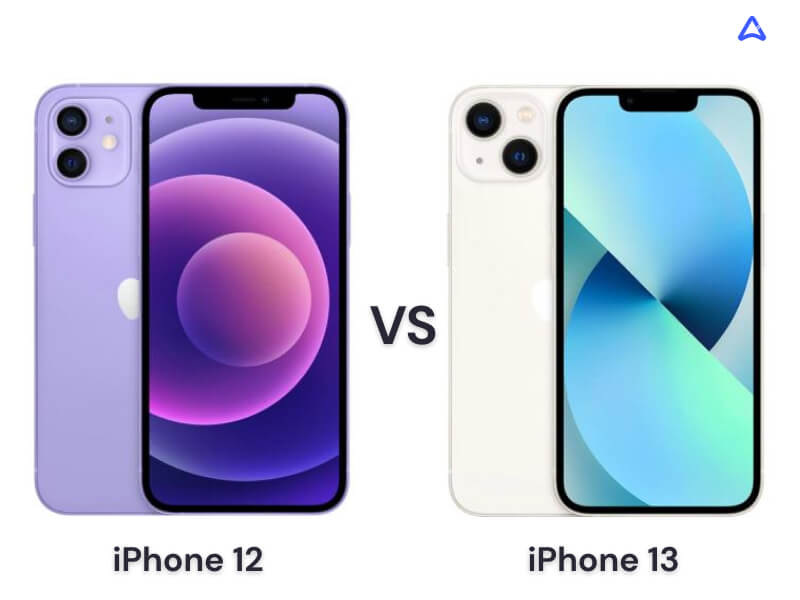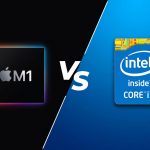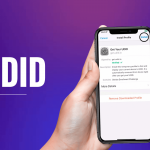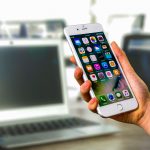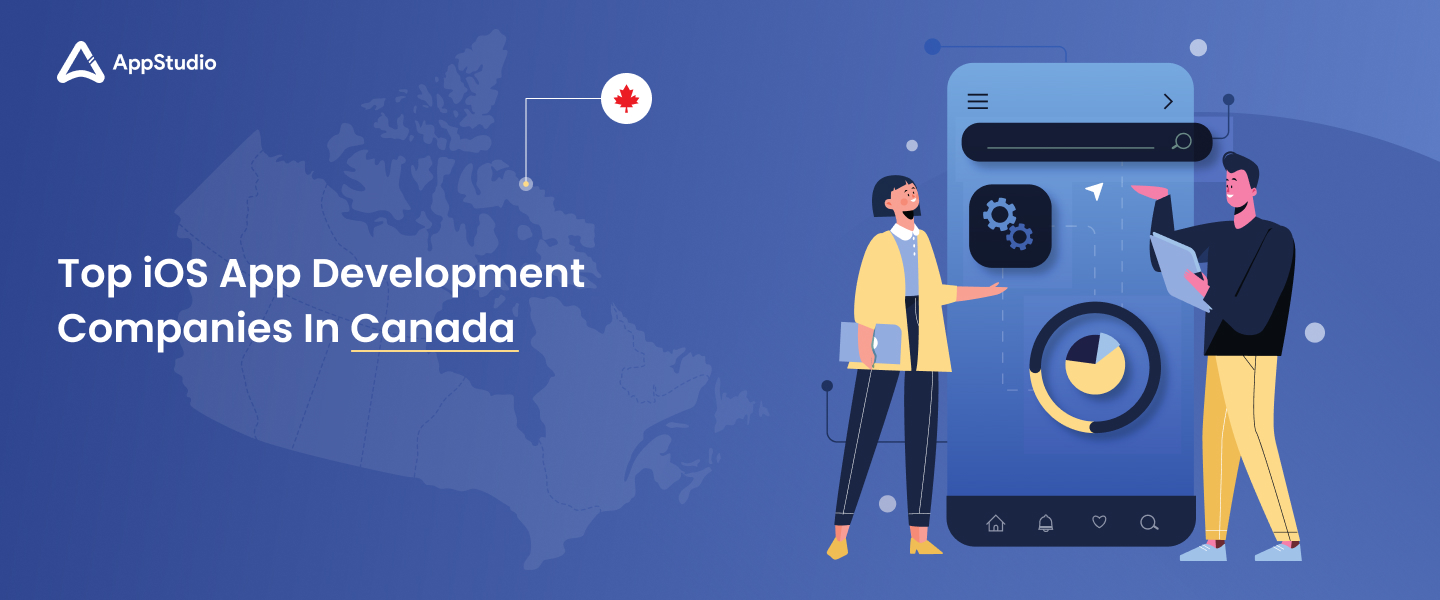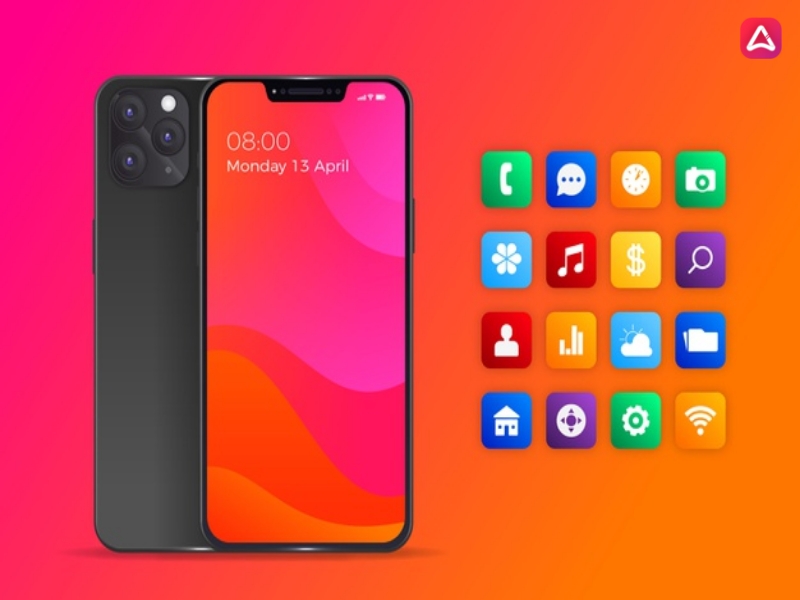Despite the pandemic, Apple’s iPhone 12 managed to set the market on fire last year, with over 100 million devices sold within a period of just seven months. Isn’t that great? But, it’s ‘Apple’ that we are talking about.
This tech giant is up for innovations every time. Hence, they launched the iPhone 13 series and have once again stolen the show effortlessly. However, they left their customers in the dilemma of upgrading or staying happy with their current model.
Apple’s iPhone 13 series is a game-changer in their wide range of smartphones. The devices might look like the previous iPhone 12 models, but it’s not the same. This is a beast, rather. With much-improved battery life, processor and camera, this iPhone 13 series is nothing short of a deal-breaker, but is it everything that can change your mind?
Since it’s finally in our hands, we can give you a detailed and comparative analysis that might clear out your confusion related to Apple iPhone 13 and iPhone 12, just like we were able to clear out your issues earlier with iPhone 11 vs 12. Let’s find out.
Apple’s Series of iPhone 13: Release Date
The iPhone 13 series went up for pre-book on September 17, 2021, a week before it was finally launched on September 24, 2021. It was an absolute change to the 2020s sequence of iPhone 12 release since the iPhone 13 mini and iPhone 13 were released weeks before the Apple iPhone 13 Pro and iPhone 13 Pro Max models.
iPhone 12 vs iPhone 13: Detailed Specifications
| iPhone 12 | iPhone 13 | |
| Initial Price | $699 for 64 GB storage | $799 for 128 GB storage |
| RAM and Storage | 4 GB and 64 GB / 4 GB and 128 GB / 4 GB and 256 GB(No external card slot) | 4 GB and 128 GB / 4 GB and 256 GB / 4 GB and 512 GB(No external card slot) |
| Screen Size | 6.1 inches, 90.2 cm² (86.0 % screen-to-body ratio) | 6.1 inches, 90.2 cm² (86.0 % screen-to-body ratio) |
| Resolution | 1170 * 2532 pixels, 19.5:9 ratio (460 ppi density) | 1170 * 2532 pixels, 19.5:9 ratio (460 ppi density) |
| Processor | Apple A14 Bionic (5 nm) | Apple A15 (5 nm) |
| Primary Camera | 12 MP, f/1.6, 26mm (wide), 1.4 micron pixels, dual pixel PDAF, OIS 12 MP, f/2.4, 13mm, 120° (ultrawide), 1/3.6” | 12 MP, f/1.6, 26mm (wide), 1.7 micron pixels, dual pixel PDAF, OIS 12 MP, f/2.4, 13mm (ultrawide) |
| Secondary Camera | 12 MP, f/2.2, 23mm (wide), 1/3.6 | 12 MP, f/2.2, 23mm (wide), 1/3.6 |
| Size Dimensions | 146.7 * 71.5 * 7.4mm (5.78 * 2.81 * 0.29 in) | 146.7 * 71.5 * 7.4mm (5.78 * 2.81 * 0.30 in) |
| Battery Life | Up to 8.5 hours | Up to 11 hours |
| Battery Type | Li-Ion 2815 mAh, non-removable (10.78 Wh) | Li-Ion 3240 mAh, non-removable (12.41 Wh) |
| Weight | 164 g (5.78 oz) | 174 g (6.14 oz) |
| Water Resistance | IP68 Dust/Water Resistant (up to 6m for 30 mins) | IP68 Dust/Water Resistant (up to 6m for 30 mins) |
| Build | Gorilla Glass (Front & Back) with an Aluminum frame. Scratch-resistant ceramic glass with oleophobic coating | Gorilla Glass (Front & Back) with an Aluminum frame.Scratch-resistant ceramic glass with oleophobic coating |
| Colours | White, Black, Blue, Green, Purple, Red | Red, Starlight, Midnight, Blue, Pink |
iPhone 12 vs iPhone 13: The Ultimate Showdown
As a leading provider of iPhone application development services, we have compared the iPhone 12 and iPhone 13 in terms of display, design, battery life, performance, connectivity, and yes, the PRICE for you to make the apt decision before changing your mind when it comes to “Upgrade or not.” Let’s move forward.
1. Display
Both the iPhone 12 and iPhone 13 come with a 6.1-inch screen featuring Super Retina XDR display using the OLED technology with 2532*1770 resolution, which is 460 pixels per inch.
One advantage you can get with iPhone 13 is that the display brightness is 800 nits, compared to iPhone 12’s 625 nits. Thanks to universal HDR support, the definite max display brightness is 1200 nits.
Unlike the iPhone 13 Pro and iPhone 13 Pro Max, the iPhone 12 and iPhone 13 don’t have the “ProMotion” display that comes with a refresh rate of 120HZ. Rather you’ll only get a refresh rate of 60Hz.
Both the iPhone 12 and iPhone 13 offer their users with:
- A contrast ratio of 2,000,000:1;
- Truetone display;
- Wide colour gamut (P3)
- Haptic touch;
- HDR display
2. Design
The iPhone 13 design is identical to its predecessor iPhone 12. Both the devices provide a nearly edge-to-edge display useful for Face ID support, quite similar to Apple’s iPad Pro. You’ll find a glossy and polished finish on the back, whatever colour you choose.
Coming to Face ID, the notch cutout that contains the Face ID sensors is smaller by 20% in width but taller compared to iPhone 12. It’s a minor modification, but the user experience remains the same even if the notch gets smaller.
The iPhone 13 is slightly heavier and thicker due to its larger battery than Apple’s iPhone 12.
iPhone 12 Design Dimensions:
- Height: 5.78 inches (146.7mm)
- Width: 2.82 inches (71.5 mm)
- Depth: 0.29 inch (7.4 mm)
- Weight: 5.78 ounces (164 grams)
iPhone 13 Design Dimensions:
- Height: 5.78 inches (146.7 mm)
- Width: 2.82 inches (71.5 mm)
- Depth: 0.30 inch (7.65 mm)
- Weight: 6.14 ounces (164 grams)
Both the iPhone 12 and iPhone 13 are built with “aero-grade aluminum,” as stated by Apple and present a Ceramic Shield coating to protect the display from getting damaged. Both of them come with IPX68, that’s highly resistant against water and dust for up to 30 minutes with a 6 meters depth.
3. Performance
As you’ve seen, the iPhone 12 features Apple’s iconic A14 Bionic chipset, while Apple brought the most striking difference when building the iPhone 13.
Apple’s iPhone 13 is powered by the newest and the most robust A15 Bionic processor. This is a reason why millennials are going gaga. Both the devices also come with 4GB RAM inside for superior performance.
The Bionic A14 and A15 processor features 6-core CPUs with 4 efficiency cores and 2 performance cores and features a 16-core Neural Engine and 4-core GPU.
Being the most sought-after mobile app development agency, we’ve tested both the chipsets on a software benchmarking tool called AnTuTu to clear your doubts. We’re sharing the results based on CPU, GPU, RAM, and UX in different conditions.
4. Based on AnTuTu scores:
| CPU Performance Bionic A14: 185620 Bionic A15: 216265 | GPU Performance Bionic A14: 285864 Bionic A15: 339795 | Memory Bionic A14: 111321 Bionic A15: 112472 | User Experience Bionic A14: 135642 Bionic A15: 133063 |
Total Score:
Bionic A14 Chipset: 719280
Bionic A15 Chipset: 812034 (+13%)
5. Battery Consumption
In terms of efficiency and battery backup, the Bionic A15 processor outshines the A14 chipset.
Apple claims that the new iPhone 13 is way ahead with 2.5 hours extra backup than its predecessor iPhone 12. A heavy-duty battery and Bionic A15’s efficiency give you the reasons to upgrade your existing mobile phone to an iPhone 13.
Here’s everything you need to know about iPhone 12 and iPhone 13 in terms of battery consumption:
iPhone 12
- 17 hours of video playback;
- 11 hours of streamed video playback;
- 65 hours of audio playback.
iPhone 13
- 19 hours of video playback;
- 15 hours of streamed video playback;
- 75 hours of audio playback.
Both the iPhone 12 and iPhone 13 support fast charging and can charge up to 50% in just half an hour.
6. Connectivity
iPhone 12 and iPhone 13 got you covered in the field of superfast 5G connectivity for top-notch streaming and high-speed downloads. With mmWave 5G support in the United States, along with a sub-6Hz 5G connectivity in other countries as well as the United States, both the devices are deal-breakers.
Both the iPhone 12 and iPhone 13 devices have a Lightning connector at their bottom, supporting MagSafe connectivity backward. They also give their users 7.5W Qi wireless charging and 15W wireless charging while using the MagSafe wireless phone charger.
7. Camera
The camera is where the iPhone 13 gains a competitive edge. Apple has made this camera a beast in short.
You might get a 12-megapixel camera on both the devices with wide-angle and ultra-wide angle support on the back cameras, as well as a 12-megapixel front camera with an f/2.2 selfie camera.
But, iPhone 13 is still ahead in terms of image and audio quality and its video recording abilities than its predecessor iPhone 12.
The full specs of the camera features of the Apple iPhone 13 and iPhone 12 are as follows:
- Dual 12-megapixel camera with the added wide and ultra-wide system. Wide: f/1.6 aperture. Ultra-wide: f/2.4 aperture with 120° field of view.
- 2x optical zoom;
- Up to 5x digital zoom;
- Depth control and advanced bokeh in portrait mode;
- Panorama shots;
- Portrait lighting with six light effects (Contour, natural, studio, stage mono, stage, high-key mono)
- Wide 100% pixel focus;
- Sapphire crystal lens cover;
- Night mode support for the wide and ultra-wide system;
- Brighter True Tone flash with Slow Sync;
- Deep fusion for the wide and ultra-wide system;
- Advanced red-eye correction;
- Scene detection with Smart HD3;
- Photo geotagging;
- Burst mode;
- Live photos and wide colour capture;
- Ultra-wide lens correction;
- Auto Image Stabilization;
- 4K video recording;
- 1080p HD video recording at 25 fps, 30 fps, and 60 fps.
- JPEG and HEIF image formats.
But, here’s the twist. The iPhone 13 camera has some additional features that you won’t get in Apple’s iPhone 12 camera.
- HDR video recording with 4K Dolby Vision at 60 fps compared to iPhone 12’s 30 fps;
- Sensor-shift optical image stabilization;
- Photographic styles for customizing the look of your images;
- Cinematic mode for video recording with shallow depth of field.
8. Price
Price is where your decision rests on. Let us tell you that the iPhone 13 price is slightly higher than the iPhone 12 due to memory variants and extra-large battery and due to the minor change in the notch area. The rate charts are as follows:
iPhone 12:
- 64 GB of storage, cost $699;
- 128 GB of storage, cost $749;
- 256 GB of storage, cost $849;
iPhone 13:
- 128 GB of storage, cost $799;
- 256 GB of storage, cost $899;
- 512 GB of storage, cost $1,099;
If you want to know about iPhone 13 Mini, iPhone 13 Pro, iPhone 13 Pro Max prices, we can also provide you with the exact rate chart as of now:
iPhone 13 Pro Max Price:
- For 6GB RAM and 128 GB of storage, you need to pay $1,099;
- For 6GB RAM and 256 GB of storage, you need to pay $1,199;
- For 6GB RAM and 512 GB of storage, you need to pay $1,399;
- For 6GB RAM and 1 TB storage, you need to pay $1,599.
iPhone 13 Mini Price:
- For 4GB RAM and 128 GB of storage, you need to pay $729;
- For 4GB RAM and 256 GB of storage, you need to pay $829;
- For 4GB RAM and 512 GB of storage, you need to pay $1,029.
iPhone 13 Pro Price:
- For 6GB RAM and 128 GB of storage, you need to pay $999;
- For 6GB RAM and 256 GB of storage, you need to pay $1,099;
- For 6GB RAM and 512 GB of storage, you need to pay $1,299;
- For 6GB RAM and 1 TB storage, you need to pay $1,499.
*Note: These are the debut prices that Apple has set at the initial stage. It might change, and you can get these devices at a reduced price from the online retail stores or local retail stores if they put up special and limited-time offers on Apple iPhone 13 series.
Wrapping Up
At AppStudio, a premier iPhone app development company, we are going to break the debate of iPhone 12 vs iPhone 13 into two different parts.
Suppose you’re planning to buy a new Apple iPhone by upgrading your existing iPhone model. In that case, we will suggest you invest an extra 50$ and get the new iPhone 13 over its predecessor Apple iPhone 12. With a refined camera, high-power and boosted battery life, and the robust Bionic A15 chipset inside, iPhone 13 will be the best bet for you.
But if your iPhone 12 is working fine, you have a low budget, and you prefer using a functional and robust mobile phone rather than running after upgrades, we’d say it’s probably not worth investing in it.
Apple’s iPhone 12 is still a powerful and magnificent device despite lacking some minor features than its successor iPhone 13. You should probably wait for next year since Apple has already planned to launch the iPhone 14, and that’s going to be a showstopper, trust us.
